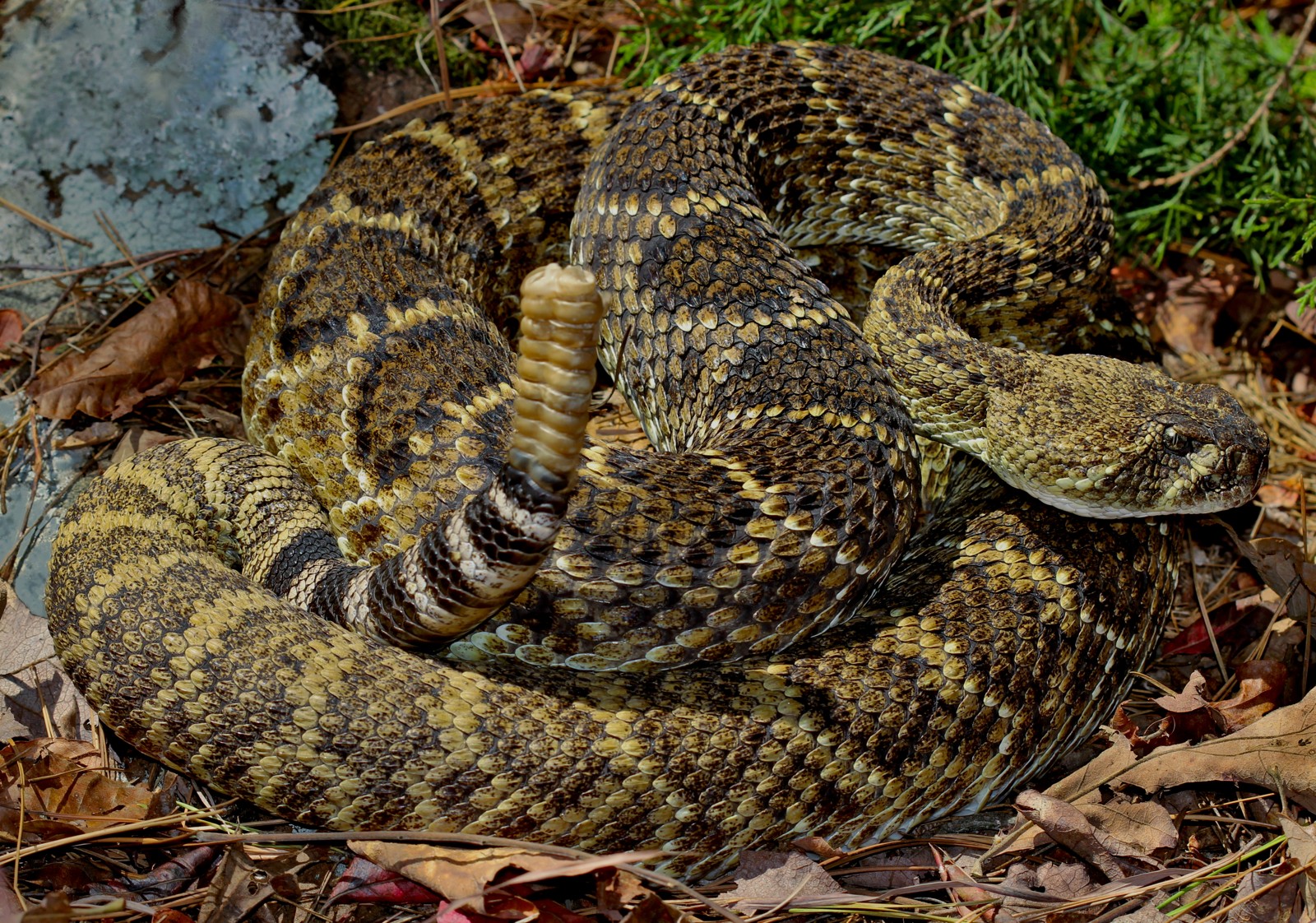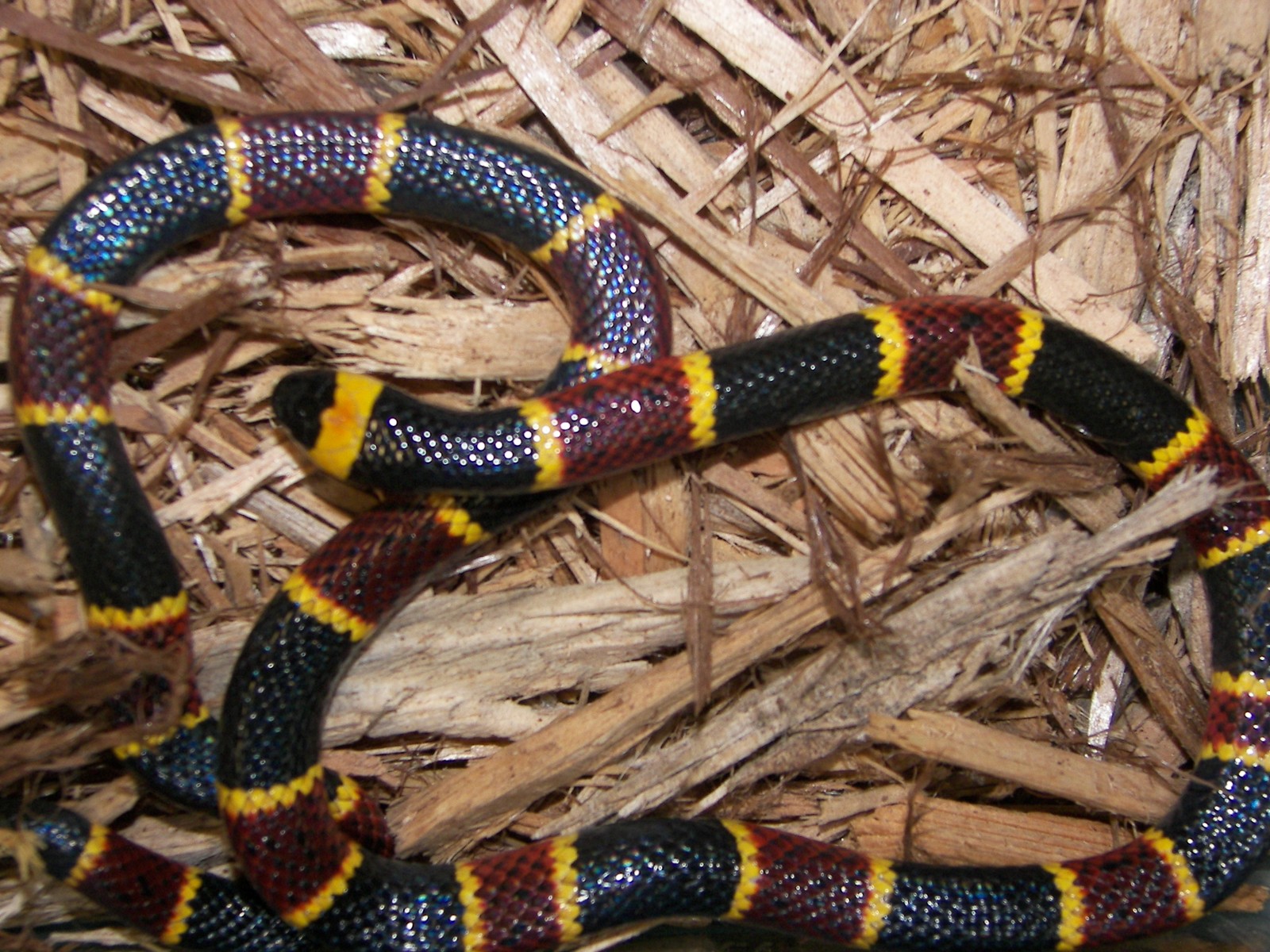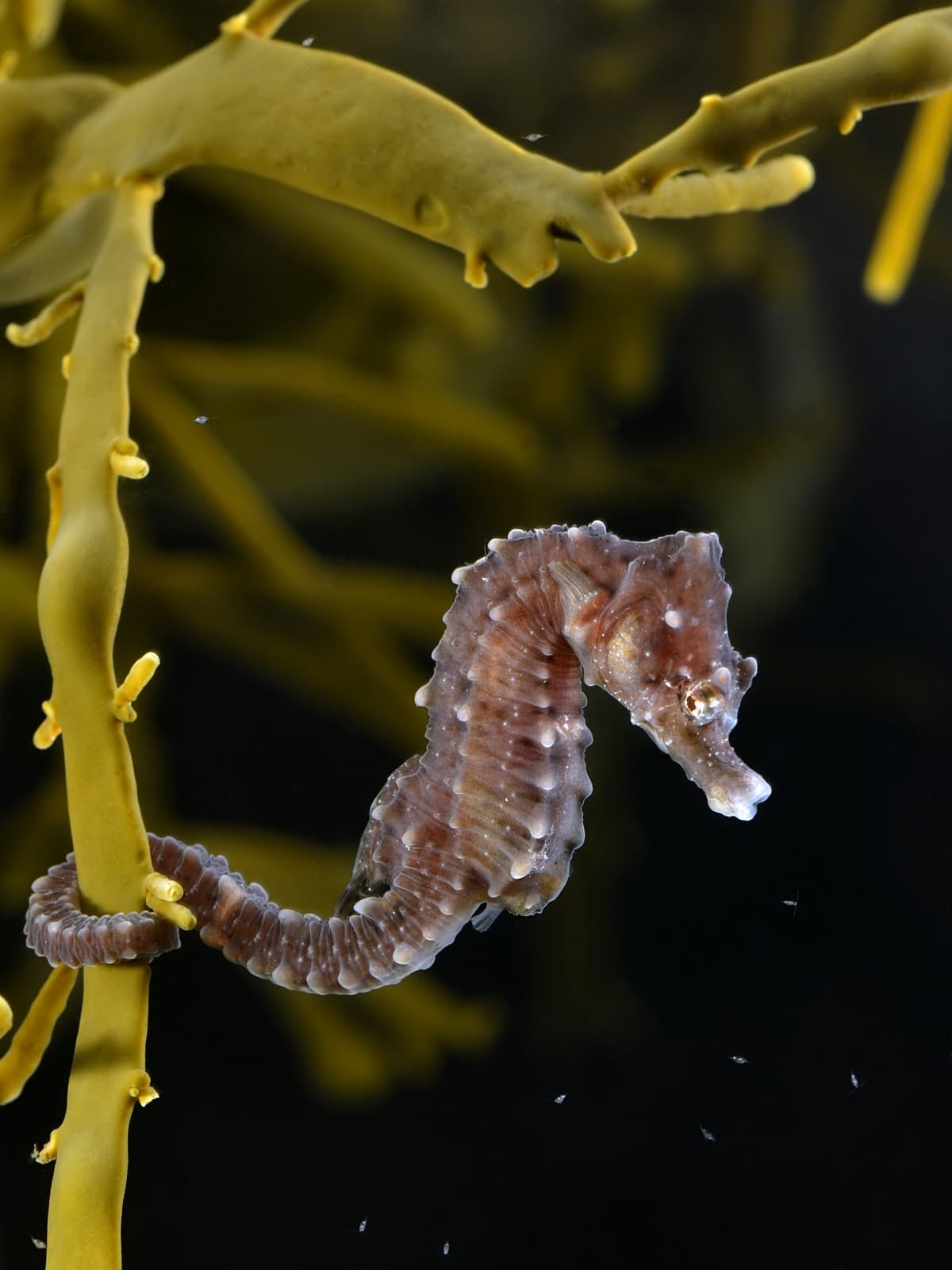Jackrabbit vs Cottontail: A Complete Comparison
Despite their similar appearances, jackrabbits and cottontails represent two distinctly different groups of lagomorphs. The most striking difference between jackrabbits and cottontails appears in their size - jackrabbits typically weigh 3-7 pounds (1.4-3.2 kg) and sport significantly longer ears, while cottontails remain smaller at 2-4 pounds (0.9-1.8 kg) with shorter ears proportional to their body size.
These differences extend far beyond mere physical characteristics. Jackrabbits, which are actually hares rather than true rabbits, are born fully furred with open eyes, while cottontail rabbits emerge blind and hairless. This fundamental distinction shapes their survival strategies and habitat preferences across North America.
Visual Comparison
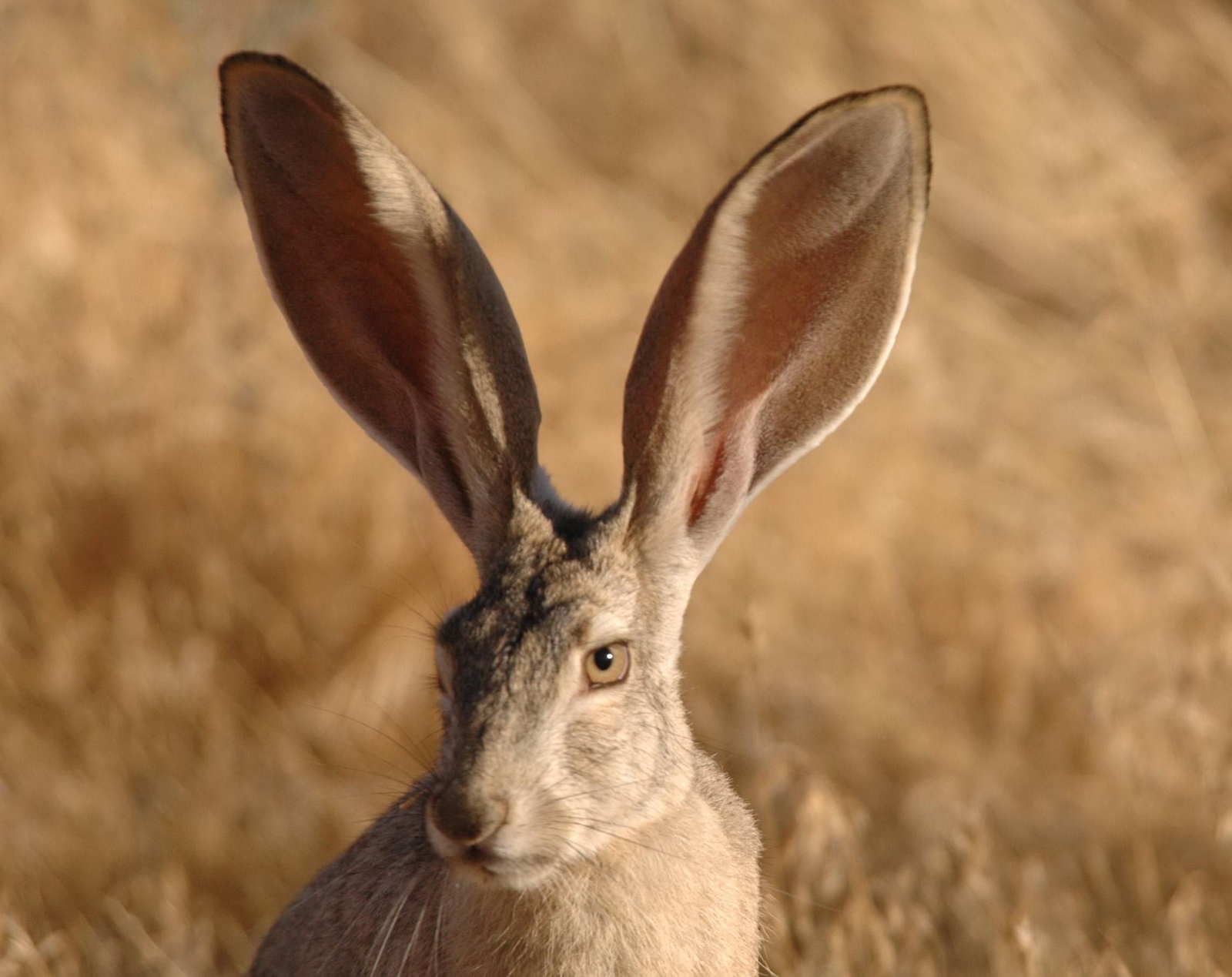
The jackrabbit’s distinctive long ears serve as natural cooling systems, helping these desert-adapted mammals regulate their body temperature in harsh environments. Note the larger size and more angular face typical of hares.
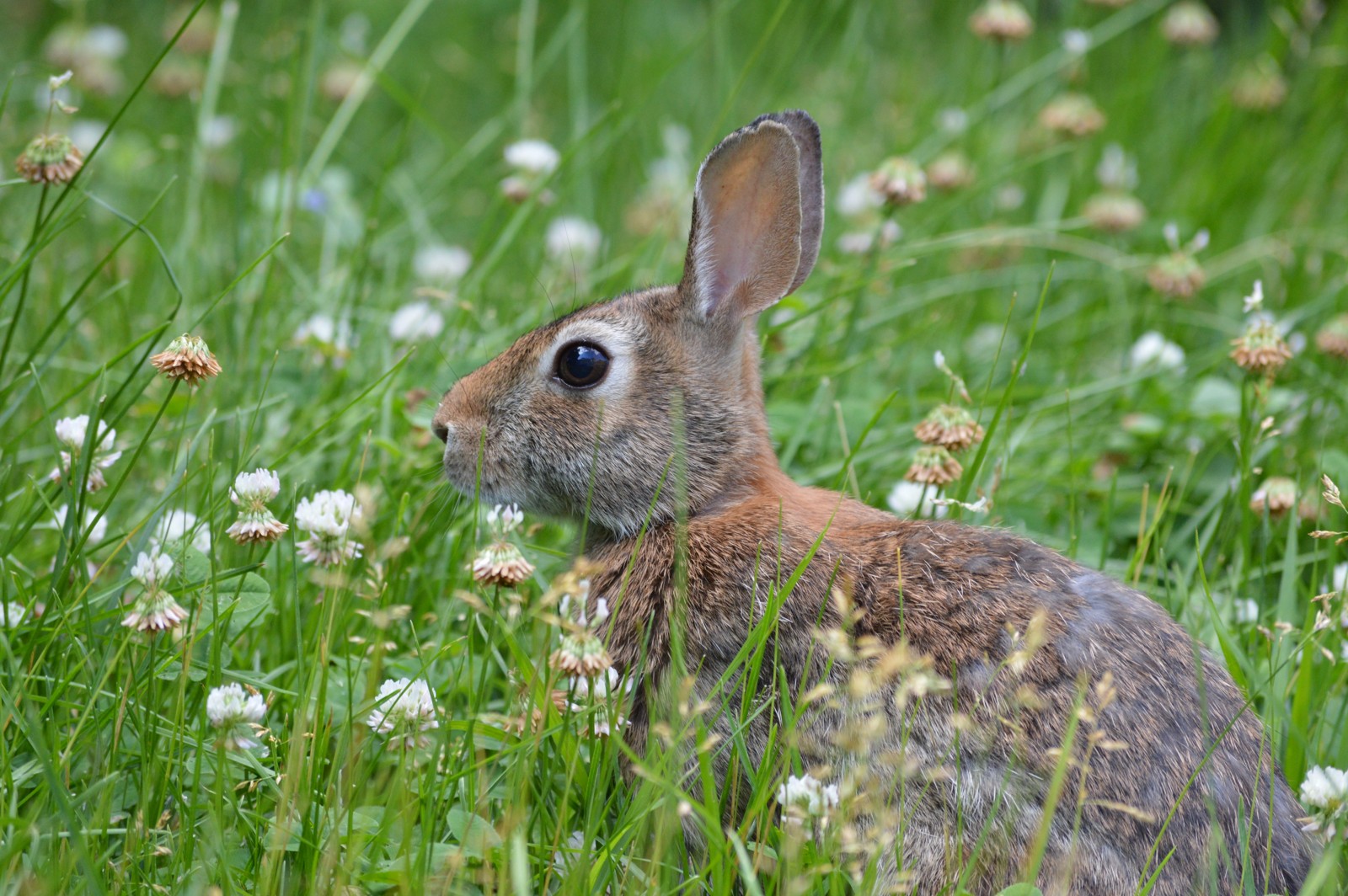
The cottontail displays the characteristic compact build and shorter ears of true rabbits. Their rounded profile and smaller size make them well-adapted to hiding in dense vegetation.
Key Differences Between Jackrabbits and Cottontails
| Feature | Jackrabbit | Cottontail |
|---|---|---|
| Size | 17-25 inches (43-63 cm) | 12-17 inches (30-43 cm) |
| Weight | 3-7 pounds (1.4-3.2 kg) | 2-4 pounds (0.9-1.8 kg) |
| Ear Length | 4-7 inches (10-18 cm) | 2-3 inches (5-8 cm) |
| Habitat | Open plains, deserts | Woodlands, meadows, suburbs |
| Newborns | Born fully furred, eyes open | Born hairless, eyes closed |
| Speed | Up to 40 mph (64 km/h) | Up to 18 mph (29 km/h) |
Habitat and Distribution
Jackrabbits thrive in open spaces, particularly favoring arid regions, deserts, and prairies where their speed and long legs provide advantages against predators. These adaptable hares can be found from central Mexico through the western United States and into parts of Canada.
Cottontails, conversely, prefer areas with dense cover, inhabiting woodland edges, suburban gardens, and brushy meadows. Their range extends throughout North and Central America, with different species adapted to various regional conditions.
Behavioral Differences
Survival Strategies
Jackrabbits rely primarily on speed and endurance to escape predators, often running in zigzag patterns at speeds up to 40 mph (64 km/h). Their large ears serve dual purposes: heat regulation and exceptional hearing capabilities for detecting threats.
Cottontails employ a different strategy, depending on camouflage and quick bursts of speed to reach nearby cover. They’re known for their ability to remain motionless for extended periods, blending perfectly with their surroundings.
Reproductive Patterns
While both species are prolific breeders, their reproductive strategies differ significantly. Jackrabbits produce fewer young per litter (2-4), but their leverets are born more developed and require less parental care. Cottontails typically have larger litters (4-8 kits) but invest more time in caring for their altricial young.
Diet and Feeding Habits
Both species are herbivorous, but their dietary preferences reflect their distinct habitats:
-
Jackrabbits:
- Primarily grasses and herbs
- Desert plants and cacti
- Bark and twigs during winter
-
Cottontails:
- Diverse vegetation including clover
- Garden vegetables
- Tender bark and buds
- Fruits and berries
Who Would Win in a Confrontation?
While neither species is naturally aggressive toward the other, jackrabbits hold several physical advantages in theoretical encounters. Their larger size, powerful hind legs, and superior speed make them more formidable. However, both species typically avoid confrontation, preferring to escape rather than engage in conflict.
Conservation Status
Both jackrabbits and cottontails face pressure from habitat loss and fragmentation, though cottontails have generally adapted better to human-modified landscapes. Several species of both groups require specific conservation attention, particularly in regions where urban development threatens their natural habitats.


